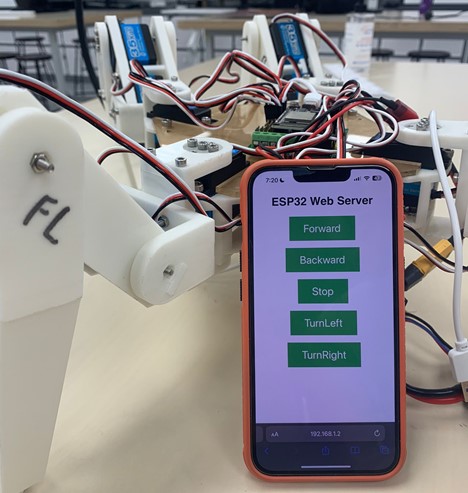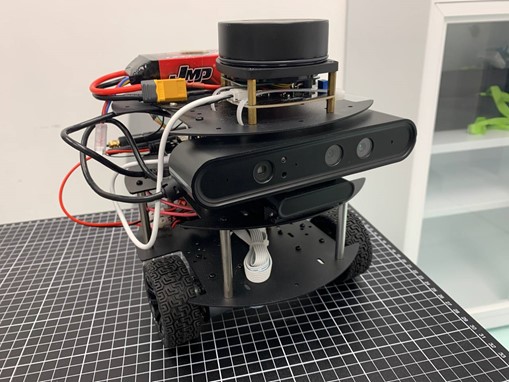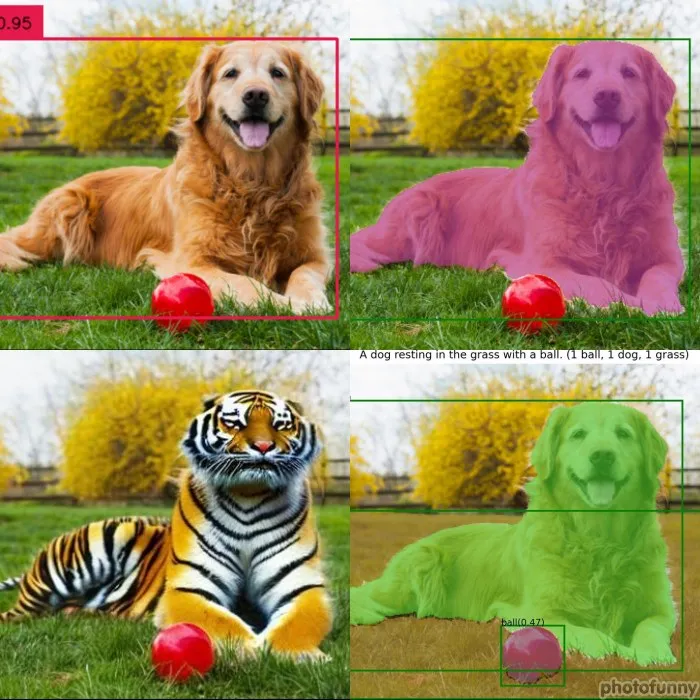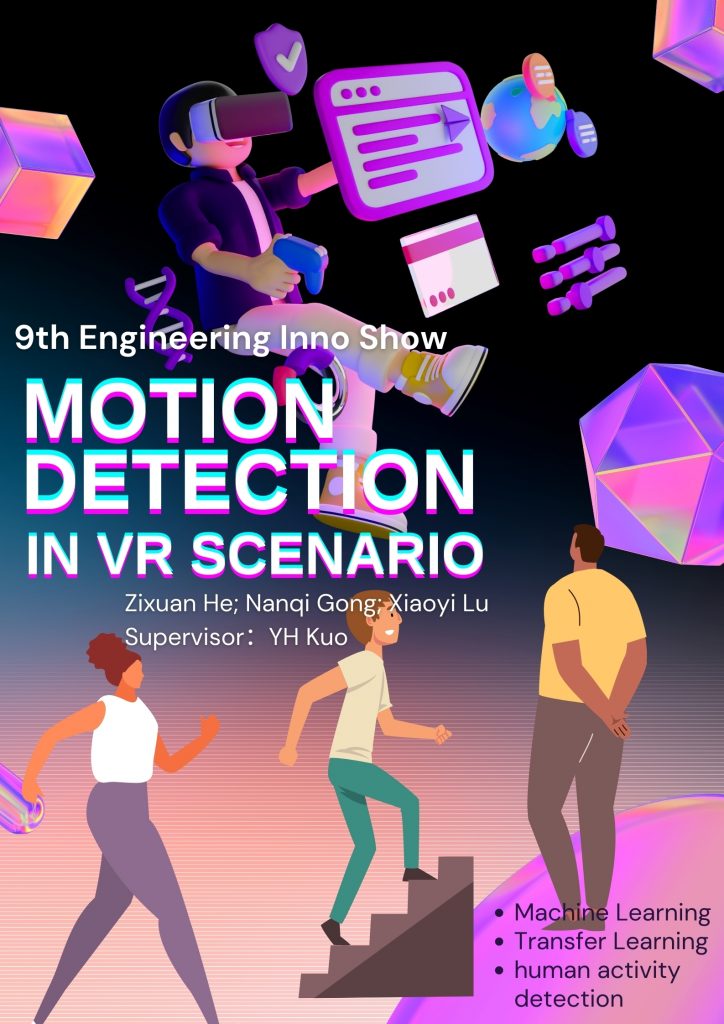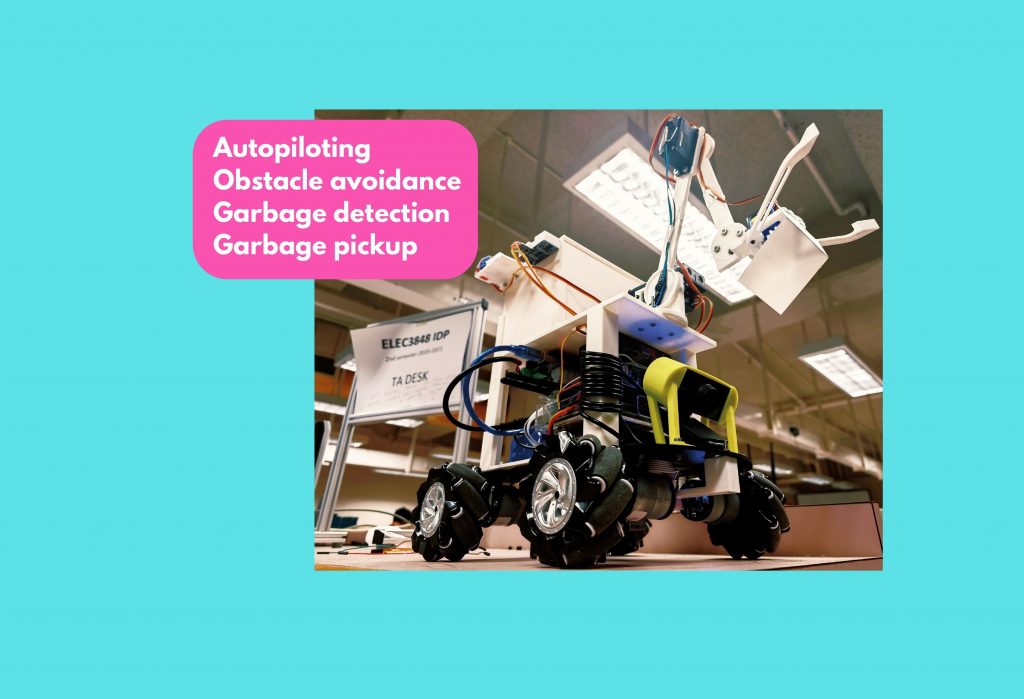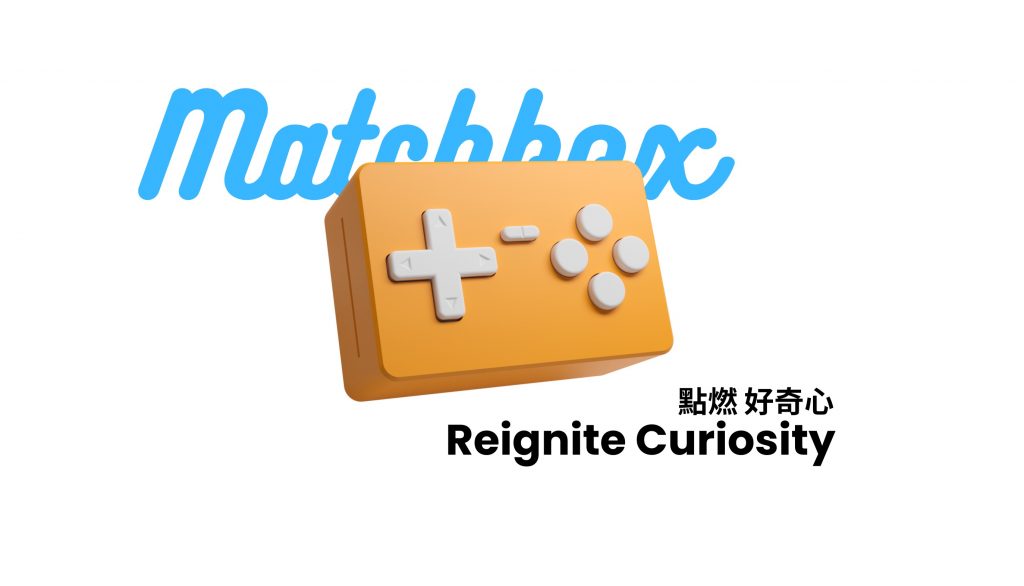Project Innobot: Multi-terrain Hexapod
Traditional wheeled robots often encounter challenges when navigating level or complex terrains. To address this real-world issue, our team presents the Multi-terrain Hexapod as a solution. Inspired by the spider’s structure, our Hexapod’s multi-legged design has demonstrated the ability to climb stairs and tackle more intricate terrains. Through this project, we aim to build a comprehensive understanding of legged robots and share our experience in developing the hexapod with the wider robotics community.

